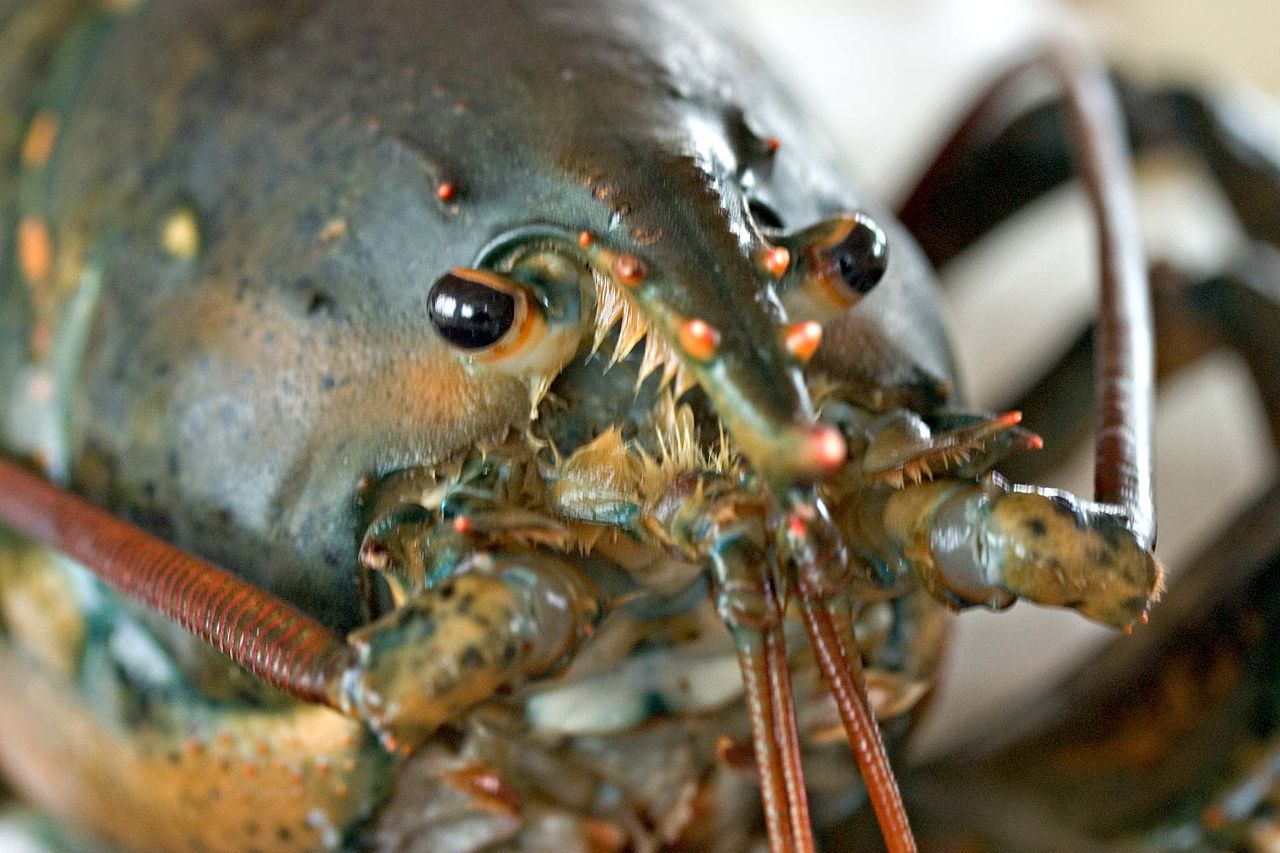Robotic “noses” modeled after a lobster’s sensory antennules may be the next tool for detecting explosives and oil spills in aquatic environments.
A team of researchers from Stanford University, the University of California Berkeley and Bowling Green State University is working to develop electronic sensors based on the lobster’s exceptional sense of smell.
Lobsters are able to detect chemical odors in both air and water environments, making them the perfect model for the team’s biomimicry project. Biomimicry (using technology to imitate biological processes and traits) has long been a source of technological innovation.
“The idea is to study the animal behavior to see if we can learn from them how we might replicate that behavior,” said John Crimaldi, a University of Colorado associate professor and member of the research team.
In this case, the team is working to replicate the lobster’s ability to sense chemical odor plumes that indicate the presence of explosives or oil spills in aquatic environments.
“If you want to build unmanned vehicles or robots to go into toxic sites where you do not want to send a scuba diver, and if you want those robots to locate something by smell, you need to design noses or olfactory antennae for them,” said Mimi A. R. Keohl, a UC Berkeley professor of integrative biology and lead author of a 2001 lobster study.
“We want to understand which designs of odor-catching antennae work successfully in nature so that they could provide inspiration for man-made antennae.”
Lobsters, like crabs and other crustaceans, sense odors using chemosensory hairs on the tips of their 1 mm-wide (0.04 inch-wide) antennules. The 2001 study found that lobsters depend on a rapid flicking motion to capture odor particles on the even thinner hairs.
During the antennule’s downstroke, water and odor molecules pass quickly through the hairs, but are trapped between them on the slower upstroke. The next downstroke releases the molecules, preparing the antennules for the next sniff.
The sensory hairs are so densely packed that it takes a very rapid motion to allow water passage between them.
This technique allows lobsters to capture the entire scent-map of an odor plume — right down to the smallest differences within it.
It is unclear whether lobsters are capable of interpreting and using these minutiae, but the ability to capture them presents researchers with an alluring biomimicry possibility.
The next step, according to Robert Sanders of UC Berkeley, is involving neuroscientists to determine the degree of correlation between odor molecule concentration and the electrical signals released by the sensory hairs.
The research team has begun quantifying the patterns of underwater chemical plumes that lobsters can demonstrably sense.
These patterns — along with the scientists’ knowledge of how chemosensory antennules work — are supporting efforts to develop autonomous robots to seek out explosives and oil spills in dangerous or otherwise inaccessible waters.
“The idea,” Crimaldi said, “would be that we could use those types of algorithms [patterns of odor plumes] to program a robot that had an electronic sensory organ — an electronic nose — to perform the same types of tasks [as lobster antennules].”
“While engineers need to design structures to perform specific functions, we are studying organisms that already have a structure,” Koehl said, “and our job is to figure out how they function.”









